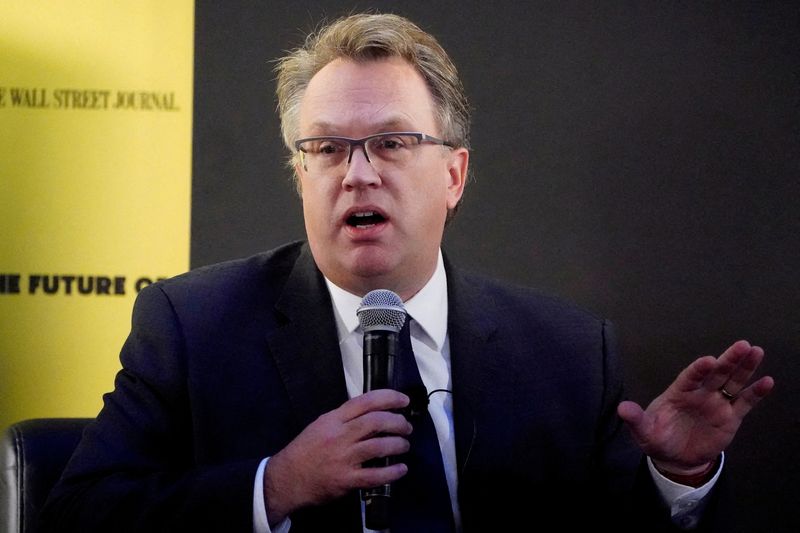By Michael S. Derby
NEW YORK (Reuters) – While it never came to pass, some of the Federal Reserve’s most prominent officials said at the end of 2018 that they saw value in accelerating how often the U.S. central bank revised its forecasts for economic data and interest rates.
According to transcripts from the Fed’s Dec. 18-19, 2018 monetary policy meeting, released along with other transcripts on Friday, New York Fed President John Williams, as well as then-Fed Governor Lael Brainard and some other regional Fed bank presidents, saw some value in updating the central bank’s Summary of Economic Projections (SEP) more often than on a quarterly basis. Fed transcripts, which detail in full the deliberations of the meetings of the policy-setting Federal Open Market Committee (FOMC), are released with a five-year delay.
The Fed’s SEP forecasts, which launched publicly in 2007, provide a look ahead at what central bank officials expect for economic growth, hiring and inflation, as well as the path of the Fed’s interest rate target, several years ahead. The forecasts arrived as part of a general push on the part of the central bank to be more open about its views and expectations.
The forecasts also augment monetary policy by conditioning market expectations, even as Fed officials have said repeatedly that the projections are not an official view of the central bank, but a compendium of officials’ collective views.
On a regular enough basis, the Fed’s forecasts, because of the slow release schedule, have fallen out of synch with economic realities and the message officials were conveying about the interest rate outlook. As a result, some policymakers half a decade ago were ready to speed things up, much as the Fed was then planning to do with the press conferences that followed FOMC meetings, which at the start of 2019 would be held at every meeting instead of on a quarterly basis.
“I see a value to buttressing” the soon-to-be more numerous press conferences with quicker forecast updates, Brainard said, according to the transcript of the Dec. 18-19 meeting. Doing so would give markets an improved read on how the Fed views the economy, especially at a time of uncertainty, she added.
Brainard noted that “in my recent discussions with market participants, they did cite the staleness of the SEP numbers as a factor that undermines the clarity of our communications.”
‘AN EXPERIMENT’
John Williams, who had that year became the president of the New York Fed after leading the San Francisco Fed, was also on board with reforms, even if it didn’t leave the central bank’s walls.
“My own proposal would be that we try an experiment in which we have a very simplified SEP that we prepare just internally” with a special question on whether officials’ views had changed significantly since the last SEP cycle, Williams told his colleagues.
“Most of the time nothing really happens” and the SEP’s message can hold for a quarter, Williams noted. “I think having that in the maybe rare times when the outlook changes in six weeks – having that internally and having that for the Chair as backdrop – would be really useful,” he said.
At the meeting, Atlanta Fed President Raphael Bostic and then-Dallas Fed President Robert Kaplan also expressed some support for SEP reforms.
But ultimately nothing came to pass. That said, the SEP releases haven’t been static and have grown more expansive in what they convey, even if the pace of the releases has stayed the same.
(Reporting by Michael S. Derby; Editing by Paul Simao)
